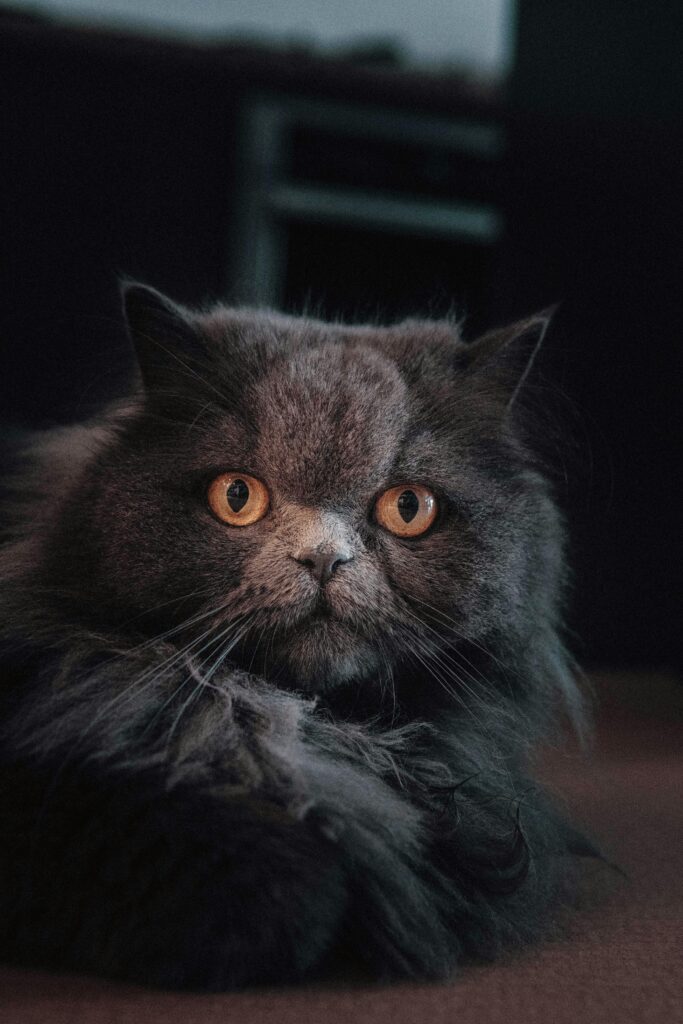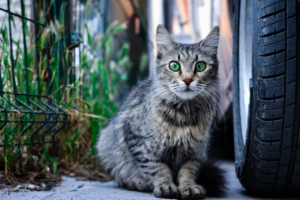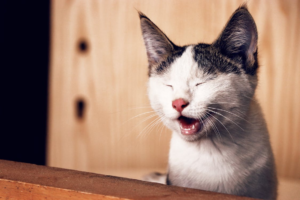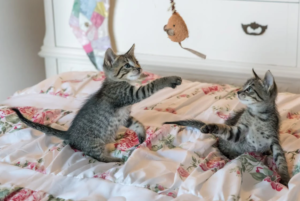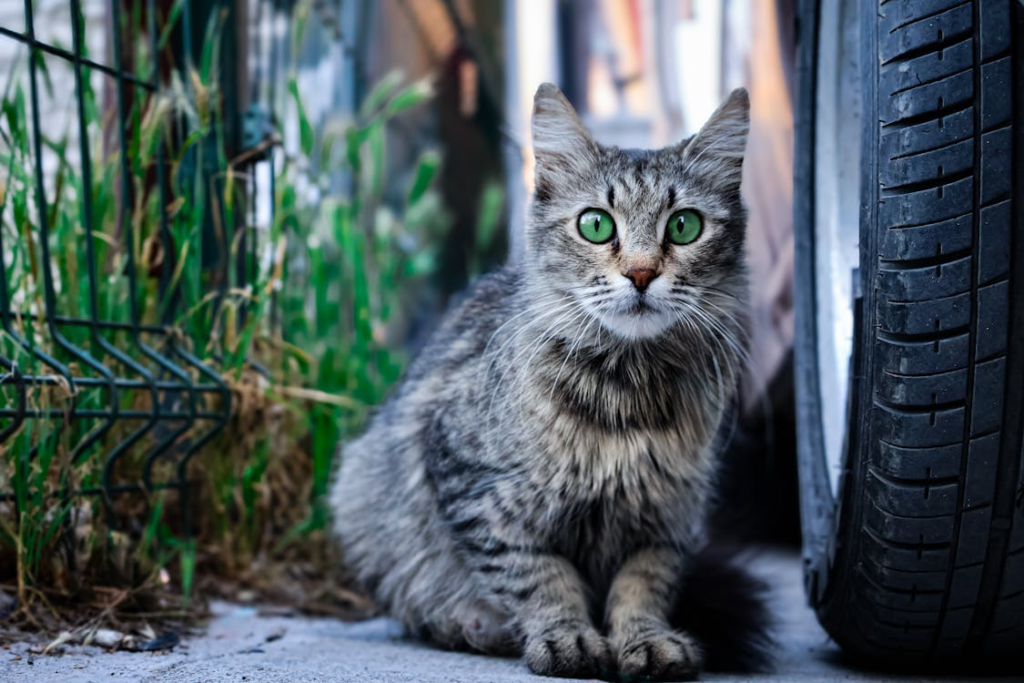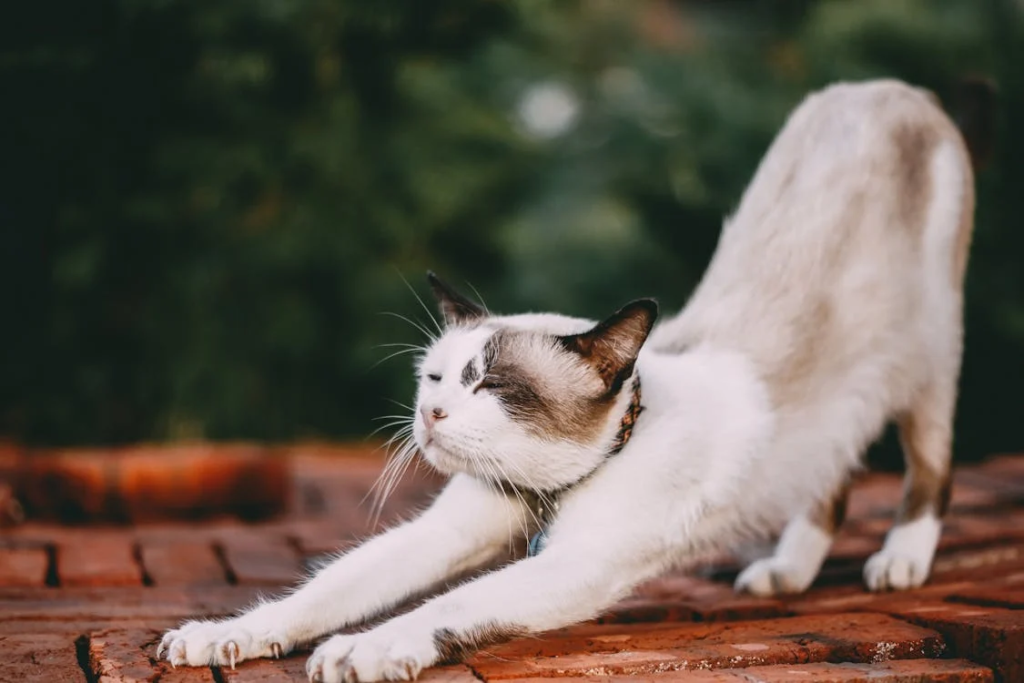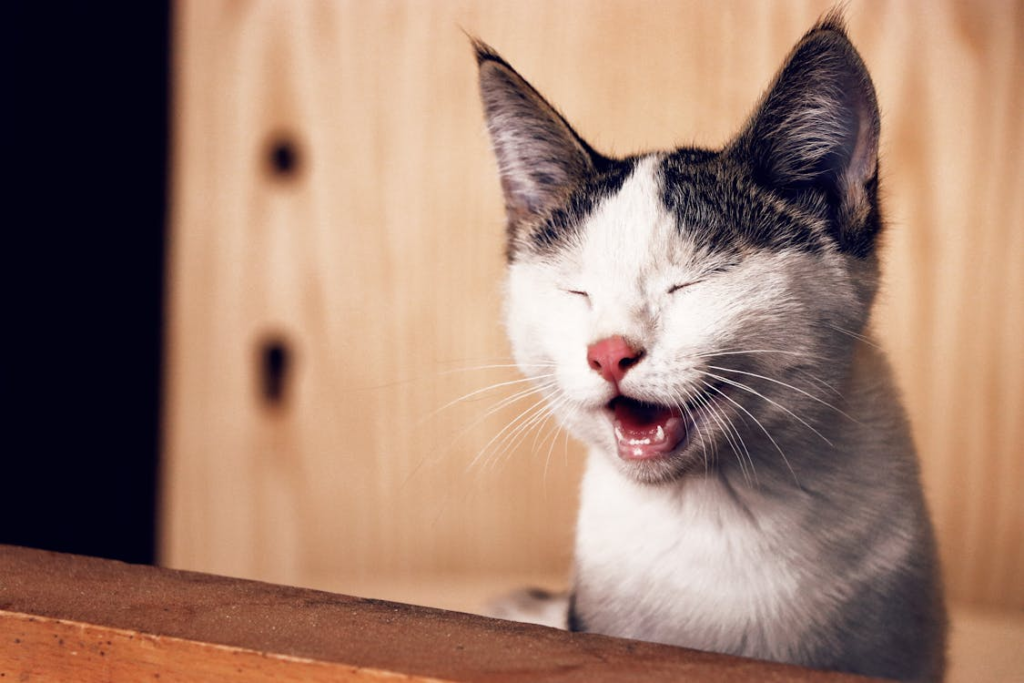Introduction:
As a cat owner, you’ve probably experienced the peculiar behavior changes that come with your feline friend’s heat cycle. But do you truly understand what’s happening and how long it lasts? In this eye-opening article, we’ll dive deep into the world of feline estrus, uncovering seven shocking facts about how long cats are in heat. Whether you’re a seasoned cat parent or a curious newcomer, this guide will equip you with essential knowledge to navigate this challenging time with confidence and compassion.
- The Surprising Duration: It’s Longer Than You Think!
Contrary to popular belief, a cat’s heat cycle isn’t just a fleeting moment. In fact, it can last anywhere from 3 to 14 days! That’s right, your furry companion could be in heat for up to two weeks at a time. During this period, your cat may exhibit various behaviors such as increased vocalization, restlessness and a strong desire to escape outdoors.
Pro tip: Keep a calendar to track your cat’s heat cycles. This will help you anticipate future episodes and plan accordingly.
- The Frequency Factor: More Often Than You’d Expect
Here’s a startling fact: cats can go into heat multiple times a year. Unlike some animals that have a specific breeding season, cats are polyestrous, meaning they can have several heat cycles throughout the year. In fact, an unspayed female cat can experience heat cycles every 2-3 weeks during breeding season, which typically runs from spring to fall.
- Age Matters: Earlier Than You Might Think
You might be surprised to learn that cats can start their heat cycles at a very young age. Some female cats can go into heat as early as 4 months old! This early onset of sexual maturity is why veterinarians often recommend spaying before the first heat cycle to prevent unwanted pregnancies and reduce health risks.
- The Silent Sufferer: Recognizing the Signs
While dogs in heat are often obvious, cats can be more subtle. Here are some signs to watch for:
- Increased affection and rubbing against objects
- Raised hindquarters and treading of back legs
- Excessive grooming, particularly of the genital area
- Marking territory with urine
- Attempting to escape outdoors
Understanding these signs can help you provide the right care and attention during this challenging time.
- The Seasonal Shift: Not Just a Summer Fling
While cats can go into heat year-round, you might notice an increase in frequency during certain seasons. Spring and fall tend to be peak times for feline heat cycles with longer daylight hours stimulating hormonal changes. However, indoor cats exposed to artificial light may experience more frequent or irregular cycles.
- The Spay Solution: A Game-Changer for Heat Cycles
Want to put an end to those sleepless nights filled with yowling? Spaying your cat is the most effective way to stop heat cycles altogether. Not only does this eliminate the stress of managing a cat in heat, but it also provides numerous health benefits, including reduced risk of certain cancers and infections.
Did you know? Studies show that spayed cats live, on average, 39% longer than unspayed cats!
- The Myth of the Quick Fix: Why Temporary Solutions Fall Short
Some pet owners mistakenly believe that letting their cat mate once will end the heat cycle. This is a dangerous myth! Mating does not stop the heat cycle, it only increases the likelihood of pregnancy. Remember, a female cat can become pregnant again while still nursing a litter, leading to multiple pregnancies in a short period.
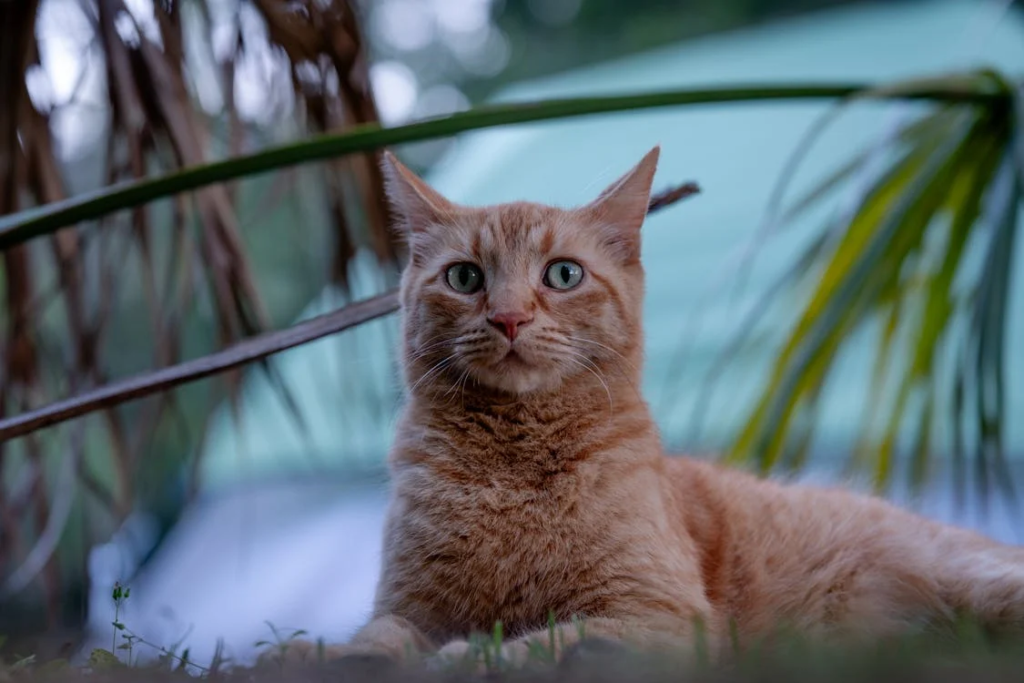
FAQ: Navigating Your Cat’s Heat Cycle
Q: Can indoor cats go into heat?
A: Absolutely! Indoor cats experience heat cycles just like outdoor cats. In fact, the controlled environment might even lead to more frequent cycles.
Q: How can I calm my cat during heat?
A: While you can’t stop the cycle, you can provide comfort through extra attention, play sessions and a calm environment. Some pet owners find success with pheromone diffusers or calming supplements recommended by their vet.
Q: Is it safe to spay a cat while in heat?
A: While it’s possible, many vets prefer to wait until the cycle ends. The surgery can be more complicated and risky during heat due to increased blood flow to the reproductive organs.
Q: Can a cat get pregnant during her first heat?
A: Unfortunately, yes. This is why early spaying is so crucial for preventing unwanted litters.
Q: How long after giving birth can a cat go into heat again?
A: Shockingly soon! Some cats can go into heat as early as 4 weeks after giving birth, even while still nursing.
Conclusion:
Understanding your cat’s heat cycle is crucial for providing the best care possible. From its surprising duration to the frequency of occurrences, being informed allows you to make the best decisions for your feline friend’s health and wellbeing. Remember, while heat cycles are a natural part of a cat’s life, spaying offers numerous benefits for both you and your pet.
As responsible pet owners, it’s our duty to ensure our cats lead healthy, comfortable lives. By recognizing the signs of heat, understanding its duration, and considering spaying as a long-term solution, we can create a harmonious home environment for our beloved feline companions. Don’t let the challenges of heat cycles catch you off guard, arm yourself with knowledge and be prepared to provide the care your cat needs during this unique time in their life.
1: Catster – The Heat Cycle in Cats Explained 2: Purina – Cat in Heat (Estrus Cycles): Signs, Symptoms, and Care
